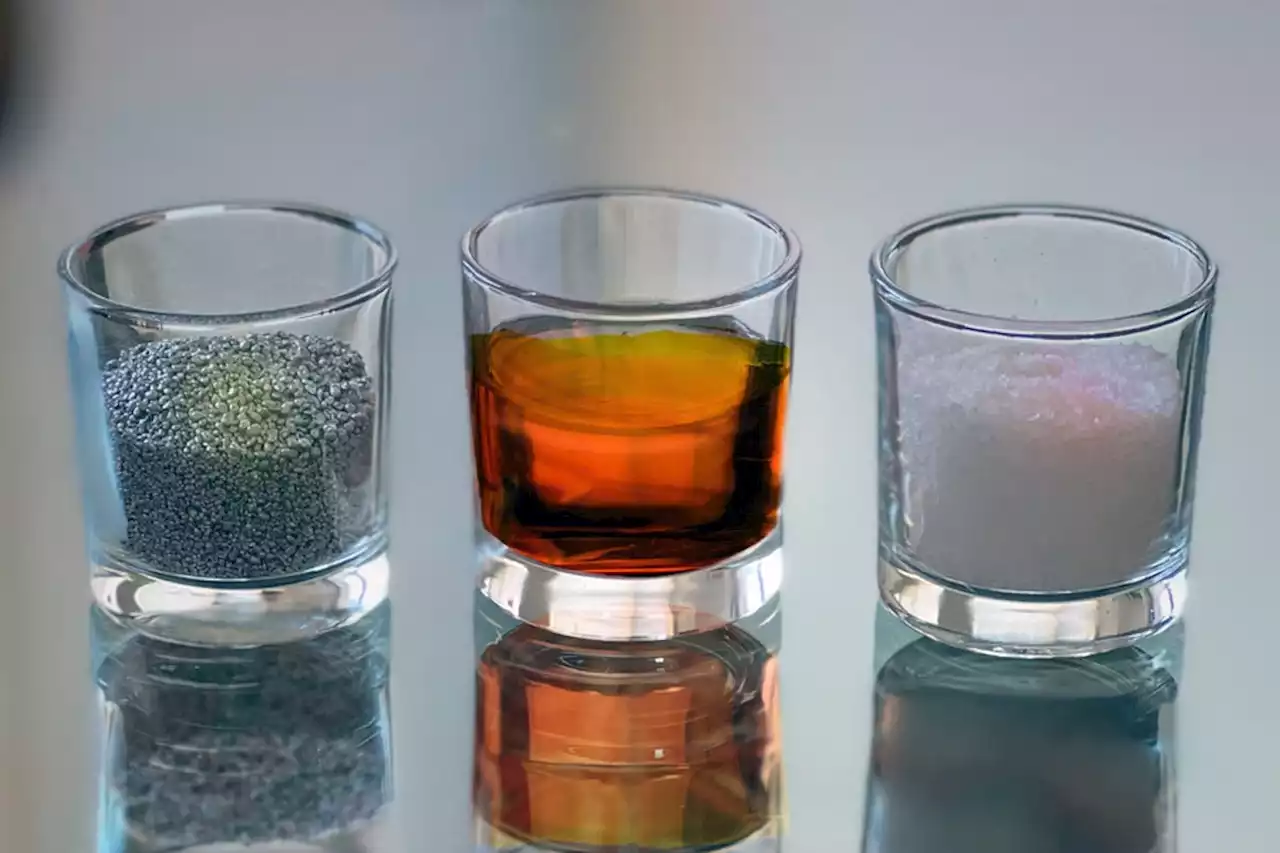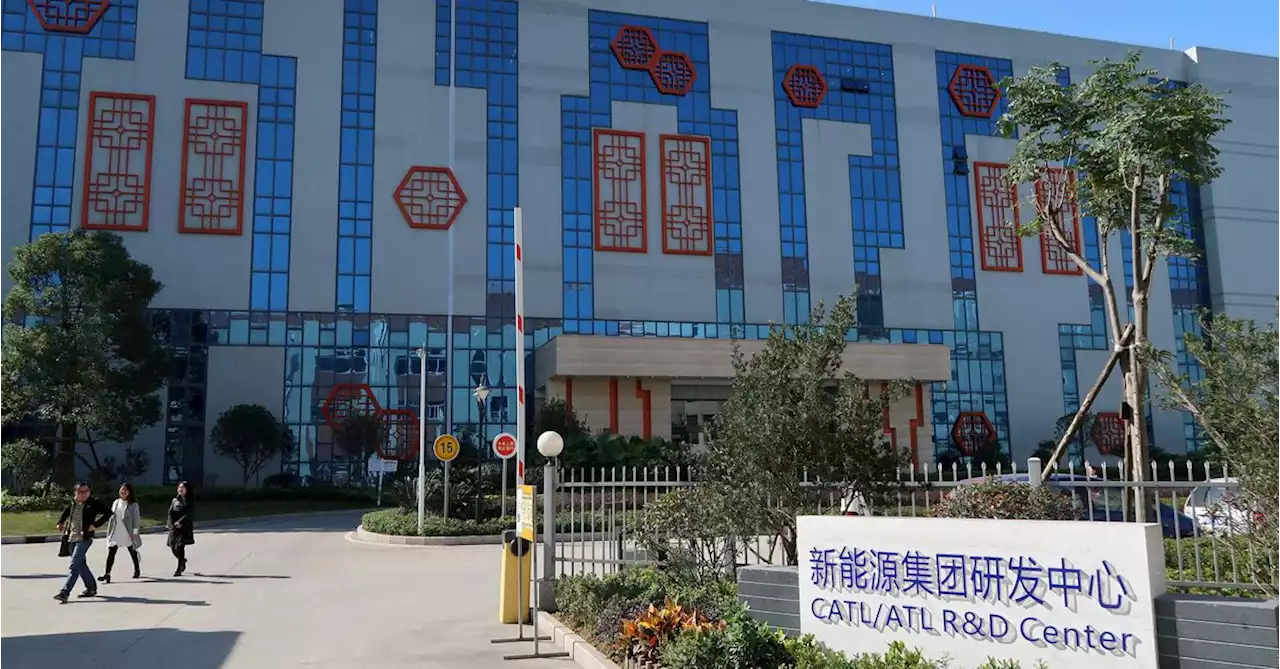The devices are made of cheap and abundant materials.
Renewable energy is great, but what do you do when the sun doesn't shine, or the wind does not blow? You could use
He then decided to pair it with the cheapest of all the non-metals: sulfur. And finally, for the electrolyte, he went with a variety of molten salts that have relatively low melting points — close to the boiling point of water, as opposed to nearly 1,000 degrees Fahrenheit for many salts.“Once you get down to near body temperature, it becomes practical” to make batteries that don’t require special insulation and anticorrosion measures, he explained.
In a typical installation used for load-leveling at a solar generation facility, for example, “you’d store electricity when the sun is shining, and then you’d draw electricity after dark, and you’d do this every day. And that charge-idle-discharge-idle is enough to generate enough heat to keep the thing at temperature.”
United States Latest News, United States Headlines
Similar News:You can also read news stories similar to this one that we have collected from other news sources.
 Aluminum-Sulfur Battery Promises Low Cost Energy StorageResearchers at MIT and other universities have created an aluminum-sulfur battery that is cheaper and more effective than lithium-ion.
Aluminum-Sulfur Battery Promises Low Cost Energy StorageResearchers at MIT and other universities have created an aluminum-sulfur battery that is cheaper and more effective than lithium-ion.
Read more »
 Aluminum-Sulfur Battery Promises Low Cost Energy StorageResearchers at MIT and other universities have created an aluminum-sulfur battery that is cheaper and more effective than lithium-ion.
Aluminum-Sulfur Battery Promises Low Cost Energy StorageResearchers at MIT and other universities have created an aluminum-sulfur battery that is cheaper and more effective than lithium-ion.
Read more »
 New CATL m3p batteries can improve energy density by 10%-20% - chairmanNew proprietary M3P batteries from CATL can improve energy density by 10% to 20% compared to iron phosphate batteries, company chairman Zeng Yuqun said on Saturday
New CATL m3p batteries can improve energy density by 10%-20% - chairmanNew proprietary M3P batteries from CATL can improve energy density by 10% to 20% compared to iron phosphate batteries, company chairman Zeng Yuqun said on Saturday
Read more »
 Solar power got cheap. So why aren’t we using it more?The cost of renewable energy, and solar in particular, has plummeted in the last decade. So why has there not been a green revolution?
Solar power got cheap. So why aren’t we using it more?The cost of renewable energy, and solar in particular, has plummeted in the last decade. So why has there not been a green revolution?
Read more »
